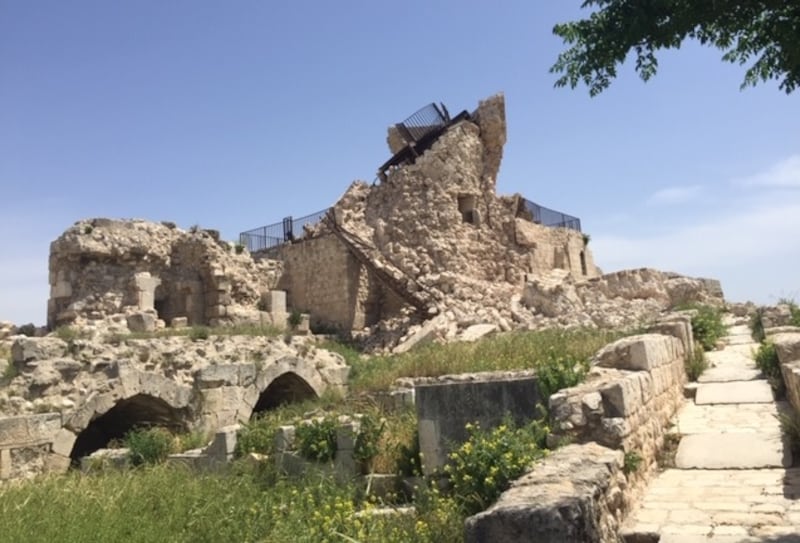The citadel in Aleppo is the Syrian city’s symbol and tower of strength.
Battered by decades of warfare and shaken by the recent earthquakes that devastated Syria and Turkey, the massive limestone fortification looms over the centre of the trading hub.
The biblical patriarch Abraham is said to have grazed his sheep on the mound on which it stands while beneath the fort archaeologists have found remnants of a temple dating back 5,000 years.
Syria’s civil and proxy war began in the south in early 2011 but only ensnared Aleppo in the north a year later when armed groups seized the eastern sector of the city, with western areas remaining under government control. Hostilities began to wind down at the end of 2016, leaving a badly damaged city in its wake.
A win ‘for democrats all around the world’. Canada’s Mark Carney prepares to take on Trump
Massive blackout raises questions about Spanish energy strategy
Westminster never forgets its murdered MPs - which is why Kneecap’s comments could not be overlooked
Spain power outage: People trapped in lifts and metros while ATMs go dark as country left ‘stunned’
The Syrian army held the citadel during the battle for the city but the nearby medieval souk, the largest in the world, was levelled and torched. Once hostilities ended, the Aga Khan Development Network began rebuilding and restoration.
[ Scars of war and children at play on the road from Damascus to AleppoOpens in new window ]
Meanwhile, February’s earthquakes hit the citadel, which remains closed to the public. Chunks of stone from the ancient wall fell into the waterless moat.
At the small mosque on the top of the fort, the ceiling was cracked and the minaret fissured. A cafe with a platform for viewing the cityscape was crushed.

At the entrance to the Silk Souk, Mohammed Naulo urged us to enter his shop and view his bins filled with pistachio studded nougat, dried apricot rolls, dates, and boiled sweets. He took down from the wall a faded sepia photo of his grandfather who opened the shop in 1904. He is happy with the restoration.
His business is surviving if not thriving, but he complains about the lack of electricity and services. Further along the souk, another man is hanging a carpet on the handsome wooden door of his shop.
[ Survival and solidarity in Aleppo after earthquakes’ devastating whimsOpens in new window ]
Aleppines are tough traders who know how to survive. But their situation is perilous. Even before the quakes, war and sanctions reduced 90 per cent of Syrians to one spartan meal a day.
The morning after the quakes, 35 staff members at the Chamber of Industries fanned out to assess the impact on buildings, the chamber’s secretary Mohammed Rafaat says.
More than 50 had collapsed and many others had to be demolished because they were unsafe. Scores of volunteers helped in this effort and provided aid to victims. But more is needed, as small businesses and workshops do not have the resources to rebuild and restock, says Rafaat.

While the citadel represents the military strength of Aleppo, its souks and industrial zones assert its financial power, and the Great Mosque, dating to the 8th century, addresses spiritual life.
Ransacked, savaged and burned during fighting, the Great Mosque is being restored by Chechen president Ramzan Kadyrov. He has invested $14 million (€12.7 million) and is ready to provide whatever funds are needed to return it to its former glory.
[ Life on the edge for Turkey’s fearful, unwanted Syrian refugeesOpens in new window ]
Since his jihadi countrymen are partly responsible for Syria’s devastation, he has vowed to refurbish the mosque and replace its towering minaret which was reduced to rubble.
The prayer hall and arcades have been repaired and replastered. The courtyard is littered with old and new stone blocks. Many are numbered so they can be fitted into the huge puzzle that is the minaret. The new minaret, now three-quarters built, gleams white in the morning sun.














